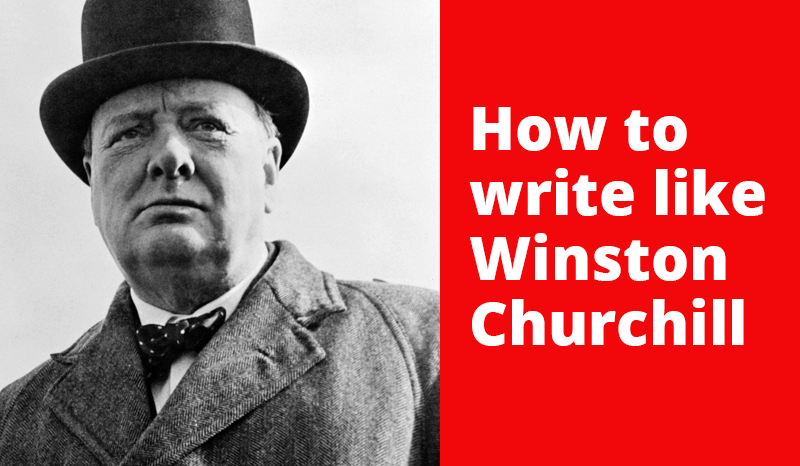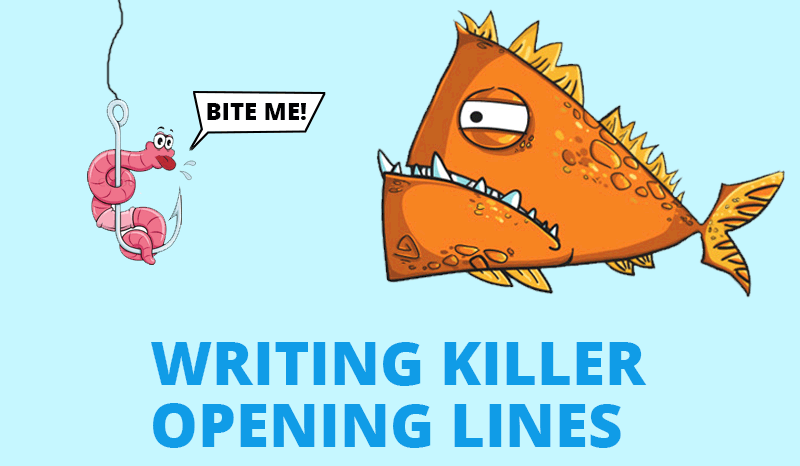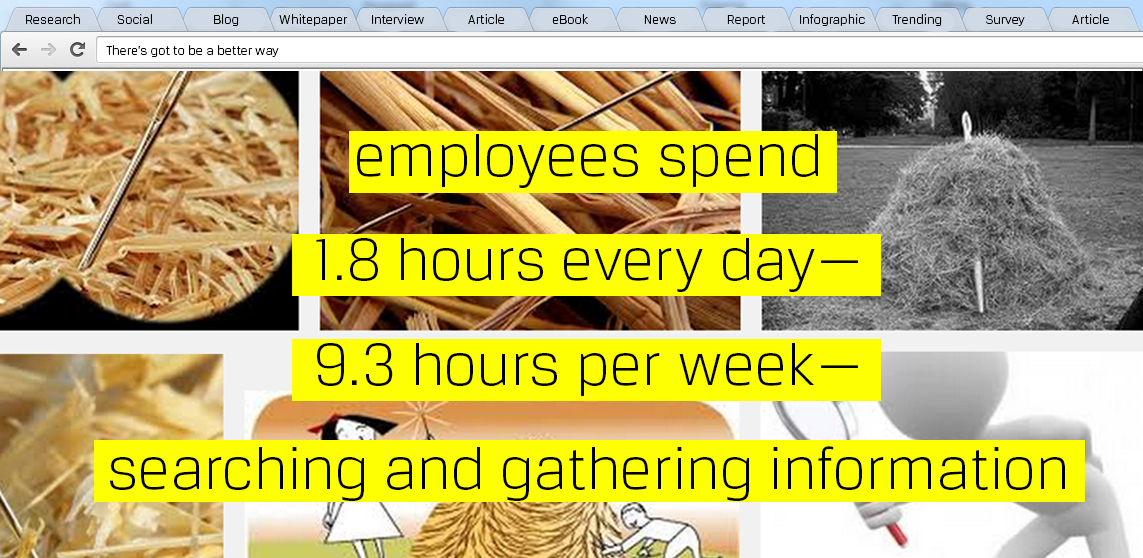How to write like Winston Churchill
 Author: Bob Girolamo
Author: Bob GirolamoMost people respect Winston Churchill as a politician and orator. Not as many acknowledge what a successful writer he was.
Even if Churchill never led a country through war, he would still be remembered as a prolific author. As his primary source of income, we could see writing as his main profession. During his lifetime he published 44 books, over one thousand articles and millions of words of speeches. He even received the Nobel Prize in Literature in 1953.
While his work would be valuable reading for anybody, it is the hows and whys of his writing that offers the best lessons for writers and content marketers. Let’s take a look at his writing habits and strategies to help modern writers - from journalists to beginner bloggers - create a body of work as extensive and successful as the British Bulldog’s.
Daily writing routine
In The Last Lion, one of the researchers who assisted Winston in writing his books recalled:
“He was totally organized, almost like a clock. His routine was absolutely dictatorial. He set himself a ruthless timetable every day and would get very agitated, even cross, if it was broken.”
His strict routine usually looked something like this:
Wake at 8am and get ready
Get back in bed and read newspapers for two hours Answer mail and greet visitors
Work on his writing until lunch at 1:15pm
Spend a half hour in solitary reflection after lunch
Take time for his hobbies such as paint, read or listening to music until 3pm
Take a two hour nap Spend time with his family and have a long dinner with friends and guests
Start his second working shift from 11pm until bed at 2-3am
When you take in the whole schedule, it doesn’t sound like a bad day. It even seems leisurely. A two hour nap? Sold! But when you break it down, Churchill worked more than most. He worked on his own terms. Here are some key takeaways:
Find the time you work best.
Churchill designed his schedule so when he did work, he was at his peak level of focus and productivity. He found that he was only able to write for 2-3 hours at a time. His daily nap allowed him to recharge so he was able to get two work sessions in a day.
In terms of his nightly working shift, “before the night is out, he will have dictated between four thousand and five thousand words. On weekends he may exceed ten thousand words.”
Whether it is possible to break up your day like this or not, you should look for ways to schedule your day to maximize work energy. If you know you aren’t as productive after lunch, schedule your writing for the morning. Leave your emails, meetings and administrative work for the afternoon. When you do work, make sure it is intense, focused work.
Make time for creative hobbies.
According to Churchill, “A man can wear out a particular part of his mind by continually using it and tiring it…the tired parts of the mind can be rested and strengthened, not merely by rest, but by using other parts...The cultivation of a hobby and new forms of interest is therefore a policy of first importance to a public man…To be really happy and really safe, one ought to have at least two or three hobbies, and they must all be real.”
For this reason, he made time for hobbies which included painting, reading, landscaping, card games, and even bricklaying.
Recent research validates this part of his process. Researchers from San Francisco State University found having creative interests outside of work was linked to experiencing mastery, control, relaxation and an increase in positive work performance related outcomes.
Churchill’s writing tips
Churchill focused on quality over quantity of his writing and the writing of those he worked with. His attempts to impart some of his writing lessons on his war cabinet while he was Prime Minister offer good writing tips for anyone.
Keep writing brief and essential
In 1940, Winston Churchill sent a memo to his war cabinet stating “To do our work, we all have to read a mass of papers. Nearly all of them are far too long. This wastes time, while energy has to be spent in looking for the essential points.” Churchill advises, “I ask my colleagues and their staff to see to it that their reports are shorter,” and “the discipline of setting out the real points concisely will prove an aid to clearer thinking."
Use dual readership paths
While everyone wants their audience to appreciate their long, flowing prose and carefully concocted paragraphs, the truth is that a percent of your readership is merely going to scan your writing. This is why you need to make your writing easy to scan.
In the same memo, Churchill recommends using “short, crisp paragraphs” and in some situations offering headings only. Make sure it is easy for busy Heads of State to scan your writing by formatting it with headings, bullets, lists and emphasis that brings out the main points.
Aim for simplicity and readability
Not only should your writing be brief, it should also be as simple as possible. Churchill warns against “woolly phrases [that are] mere padding, which can be left out altogether, or replaced by a single word.”
Have clear content goals
It may seem that a Prime Minister who authored books such as Painting as a Pastime and A History of the English-Speaking Peoples wrote about whatever happened to interest him. This was far from the truth.
His speeches, such as “fight on the beaches” and “blood, toil, tears, and sweat” were what made him such a powerful politician and gave him the ability to rouse and inspire his nation, especially during war-time.
Many of the articles he published served to grow his audience and guide policy. After World War I, he lost favor in the British government and retired from politics from 1931-1939. During this time he published two volumes and more than 400 articles. When he finally returned to the political arena he became the Prime Minister in less than a year.
Make sure the content you create has clear goals and is part of an overarching strategy. Not only will this improve its readership, it will help you see success in the metrics that matter most to you.
There are many lessons writers and content marketers can take from Winston Churchill to improve our writing. What are your favorite lessons?
I’ll leave you with the most important thing I’ve learned from him - to simple love writing:
“Writing a long and substantial book is like having a friend and companion at your side, to whom you can always turn for comfort and amusement, and whose society becomes more attractive as a new and widening field of interest is lighted in your mind.” - Winston Churchill








